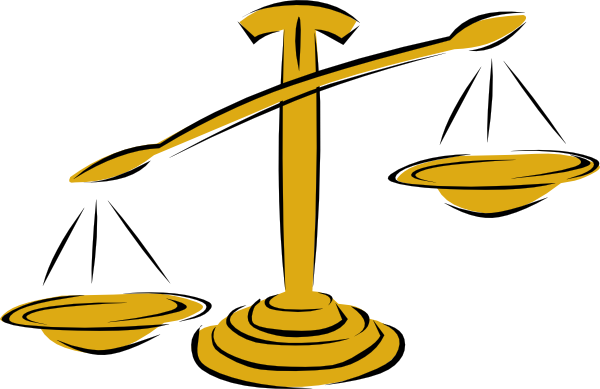put small things into containers/ boxes/ jars etc.
|
|
provide tools for children to make sense of numerals and their value.
|
Can you put the hen's eggs back into the egg carton? The hens have left a clue in the egg carton to help you put the eggs back. Can you figure out how?
Describing
- What do the eggs look like?
- Can you tell be something about your pebbles?
Recording
- Can you draw the hen with the eggs?
- Can you take a photo of the egg carton once you've put the eggs back in place?
Reasoning
- How do you know where to put the eggs?
- What things do you know that are smaller than the tiny eggs?
Opening Out
- How many eggs can you fit into a dimple?
- What else can we use as the eggs, so that we can put more eggs into the dimples?
Counting
- Counting the amount of eggs that have to be put into the egg carton.
One-to-one Correspondence
- Putting the eggs into the dimple with the same numeral value with same amount of eggs.
Value of Numbers
- Knowing the value of each numeral before putting the eggs into the dimples.
Development of the Activity
Prepare an egg carton with 10 dimples. Then, paint or decorate the egg carton and write the numerals 1-10 on each dimple. It is optional to cut egg carton into smaller pieces to design the shape and size of the egg carton.

Each child has a bowl with 55 small pebbles and an egg tray with the written numerals 1-10 on each dimple. The children will be given the time to think about how they would fit all the pebbles into the egg tray.
Variation of the Activity
The egg trays can be cut and arranged to fit the children's capability. More advanced children could have egg trays with more dimples, vice versa for the younger children.
The Little Red Hen by Margot Zemach
 The little red hen is a story about a hen who finds a grain of wheat. She asks the other farmyard animals if they will volunteer to help her plant the grain. No animal steps forward to help her.
The little red hen is a story about a hen who finds a grain of wheat. She asks the other farmyard animals if they will volunteer to help her plant the grain. No animal steps forward to help her.
Then she keeps persevering with the other animals and asks them to help her water her wheat, harvest her wheat, no one helps and finally make the wheat into flour for bread and of course none of the other animals help.
Finally she makes a loaf of bread and asks the other animals who will help her eat it and every one volunteers. However she tells them that as no one bothered to help her make the bread then they weren't going to get any and instead she turns to her chicks and gives it all to them.
Preparation for the egg cartons:
Egg cartons
Paint
Paint Brush
Decorative Items
Markers
Camera |
For each child, you will need:
A bowl
|
















